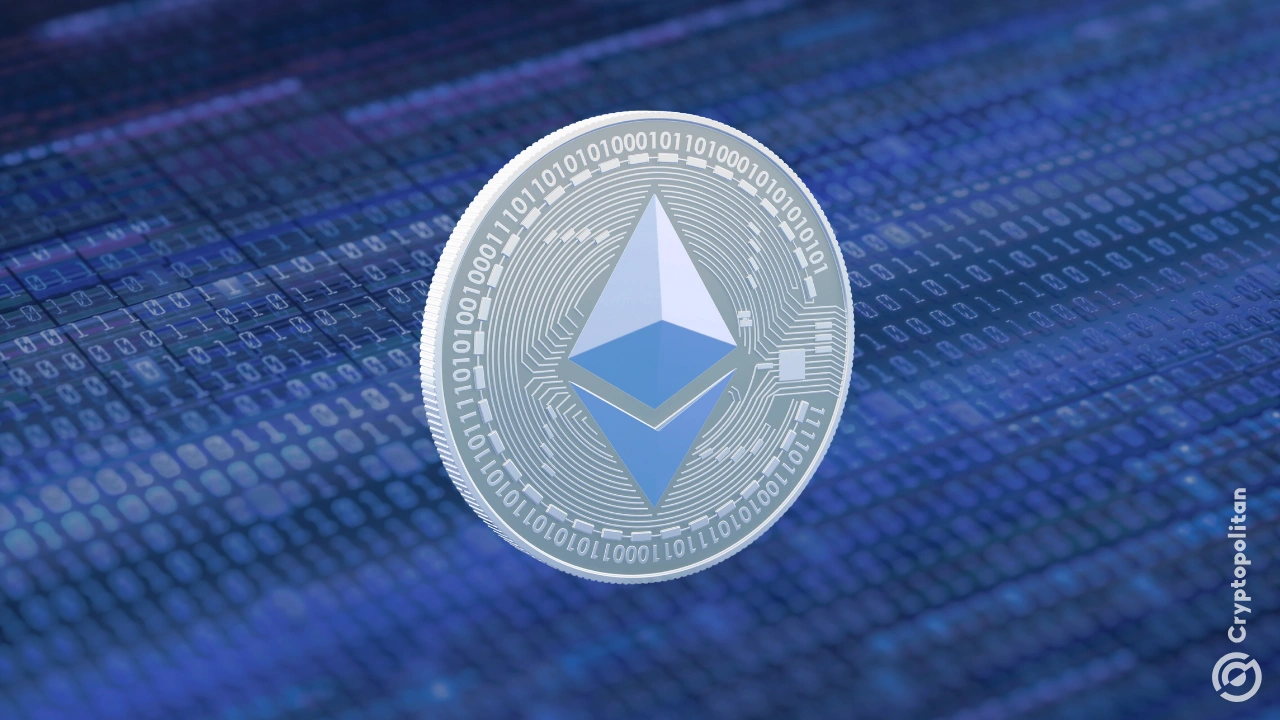Ethereum is leading developer activity with over 16,000 new developers attracted to the network between January and September 2025, according to new data compiled by Electric Capital.
According to an X thread published by the Ethereum Foundation on Wednesday, Ethereum is well ahead of competitors Solana and Bitcoin in terms of cumulative developer participation this year.
Electric Capital’s analysis leading up to September, based on GitHub data, shows that the Ethereum ecosystem hosts 31,869 active developers. Solana ranks second, recording more than 11,500 new developers within the same nine-month period, while Bitcoin followed with nearly 7,500 new contributors.
Developers prefer Ethereum
According to Electric Capital’s cumulative monthly trend chart, Solana’s developer base now totals 17,708, while Bitcoin’s stands at 11,036. Other ecosystems, such as Polygon, Stacks, Sui, Internet Computer, BNB Chain, Stellar, and Aptos, trail below 7,000 developers.
3/ In 2025, Ethereum is still home to the largest developer ecosystem of any blockchain. pic.twitter.com/gezmiOmEyX
— Ethereum Foundation (@ethereumfndn) October 15, 2025
However, Jacob Creech, the head of developer relations at the Solana Foundation, argued that Electric Capital’s data underreports Solana developers by about 7,800. Creech took to X on Thursday to ask contributors to submit their GitHub repositories for Solana’s internal crawlers to capture complete developer activity.
“The data here is unfortunately out of date, Electric Capital’s data misses many of our repositories … If you’re building on Solana, please also submit your repos so that EC has the most up-to-date information on Solana,” the developer relations head remarked.
Electric Capital’s dataset accounts for new developers who made their first-ever code commit to a blockchain ecosystem in 2025. In the context of Ethereum, this encompasses the layer-1 network and all layer-2 rollups, as defined by L2Beat, including Arbitrum, Optimism, and Unichain.
Developers are counted once per parent ecosystem, even if they contribute to several sub-projects, to avoid duplication.
Ethereum Foundation co-executive director Tomasz Stańczak said the classification of ecosystems should consider technological overlap among chains that share similar architectures.
“EVM chains should be grouped together,” Stańczak continued, “Developers on Polygon and BNB clearly can reuse the majority of skills and EVM tooling. It would also appreciate Starknet’s efforts in building the great CairoVM developer community by showing their growth. I can imagine an extended grouping that adds all non-EVM L2 because of ecosystem interoperability.”
Developer growth rate cools on Ethereum
Ethereum may be the dominant network by absolute numbers, but its developer growth rate has slowed down in the last 10 months compared to newer chains. Full-time developers in the Ethereum ecosystem increased by just 5.8% over the past year and 6.3% over two years, according to Electric Capital’s datasets.
Solana posted a 29.1% increase in the past year and a 61.7% surge over the last two years, by contrast, the fastest expansion among major blockchain ecosystems.
According to the Protocol Guild, which represents Ethereum core contributors, the median annual salary for an Ethereum core developer is about $140,000, nearly 50% to 60% below market rates. Comparable private-sector blockchain roles average $359,000, the group reported.
The pay gap has prompted some developers to consider leaving for commercial opportunities. One unnamed Ethereum contributor reportedly turned down a $700,000 compensation package to continue working on Ethereum’s open-source infrastructure.
Numbers compared with Chainspect analysis
One social media user, going by the handle memevsculture on X, questioned the validity of developer data, noting a gap between reported developer counts and visible app availability.
Alongside its growing developer base, the Ethereum Foundation (EF) recently deployed 2,400 ETH, valued at approximately $9.6 million, and about $6 million worth of stablecoins into a yield-bearing Morpho vault, according to a Wednesday announcement.
“Morpho is a pioneer in permissionless DeFi protocols and consistently demonstrates a commitment to Free/Libre Open Source Software (FLOSS) principles,” EF wrote on X. The foundation said both Morpho Vault v2 and Morpho Blue v1 were released under the GPL2.0 license, in tandem with Ethereum’s open-source ethos.
Claim your free seat in an exclusive crypto trading community – limited to 1,000 members.











